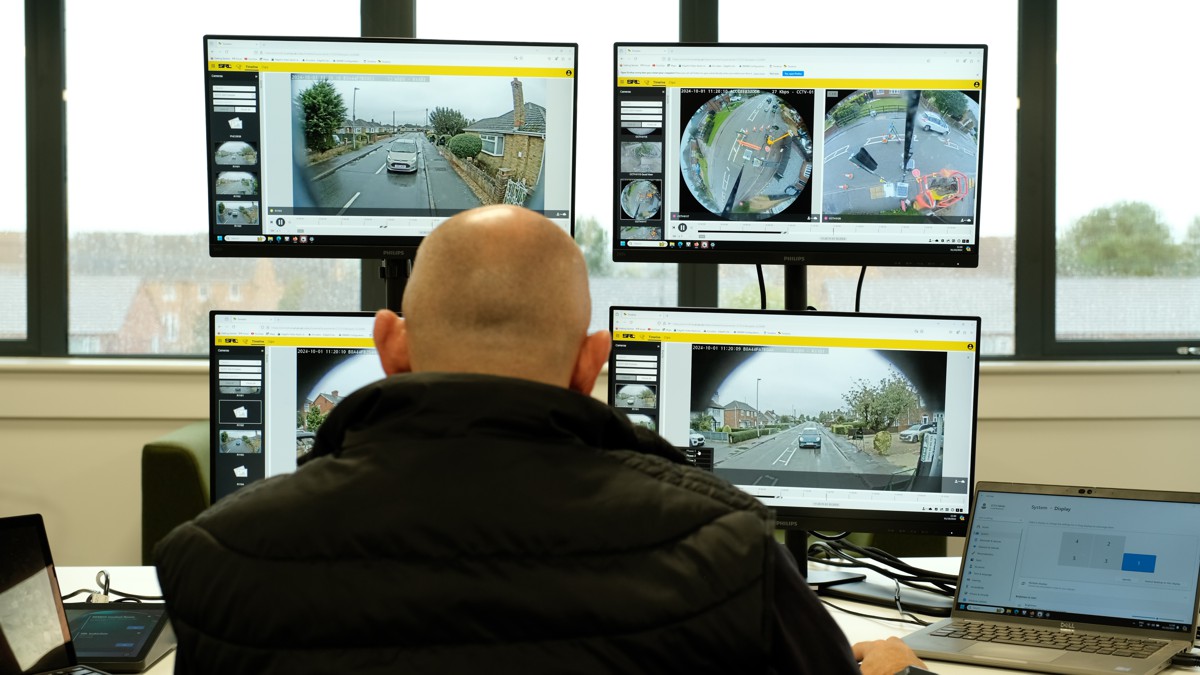COBOD receives grant to develop the next generation 3D construction printer
The N3XTCON project running from 2018 to 2021 involves all aspects of 3D construction printing from materials recipes over reinforcement solutions and software control systems to new architectural solutions. Besides from COBOD, it involves materials suppliers, as well as construction companies, architects, building owners, research institutions and universities.
The ink has hardly dried since COBOD last week announced a deal with German PERI Group, the leading supplier of manual concrete casting equipment, making PERI a significant minority owner of COBOD, before COBOD publishes another important piece of news emphasizing COBOD’s ambition to automate and disrupt the construction industry.
Henrik Lund-Nielsen, CEO of COBOD International said: “With the first 3D printed building in Europe, The BOD in Copenhagen, living up to all strict European building rules and regulations, we proved that 3D construction printing has the potential to disrupt the construction sector. This was further underlined by our partnership with The PERI Group. With this new project, we chase that ambition even further.”
Henrik Lund-Nielsen continued: “Since making The BOD we developed the BOD2 printer, an improved version of the BOD1 printer, which we used for making The BOD. We have no doubts that the BOD2 printer is globally the leading 3D construction printer evidenced by the unprecedented hardware speed of 100 cm/second and the fact that we with the BOD2 won the first ever EU tender for a 3D construction printer. However, we need to move on to stay ahead and this project will help us do exactly that.”
Different from other regions, the efforts within developing 3D construction printing in Europe have been characterized by a large degree of involvement from universities and research institutions and co-operations between academia and businesses. The European universities are doing fundamental research and concept developments in co-operation with and to the benefit of the businesses. This was clearly evident at the last Digital Concrete conference hosted by ETH Zurich, with more than 300 participants. 60% of the participants came from universities and 40% from businesses. From a handful of universities researching 3D construction printing, now each European country has one or more universities and research institutions active in the field, and that trend is also clearly visible in Denmark.
COBOD’s Development manager Michael Holm commented: “To stay ahead and to fundamentally disrupt the construction sector, we need to continue developing and create new functionalities for the printers like integral reinforcement solutions, materials control systems etc. Developing such require specialized knowledge, all of which we do not necessarily have. We are therefore very pleased that the Innovation Fund Denmark chose to support the development of our next generation printer, which we will do in close co-operation with the leading Danish research institutions and universities to create something truly unique and disruptive.”
While the universities increasingly have become involved with 3D construction printing, the architects are still playing a much smaller role than what could be expected with the new possibilities of form freedom, which comes with the 3D construction printing technology. Although a few have realized that rectangular boxes and straight lined buildings might soon be a thing of the past, the majority of architects are still making drawings as if the new technology did not exist. However, that might be about to change.
Jakob Jørgensen, Head of technology at COBOD said: “We are very much looking forward to be printing the new demonstration project, where world famous BIG Architects will be making the designs. We will very likely be challenged to the extreme by the designs, which usually are very unique and trendsetting when coming from BIG Architects, but we are convinced that 3D printing a building designed by such leading and award winning architects will open the eyes for architects all over the world and this is what really is needed.”















